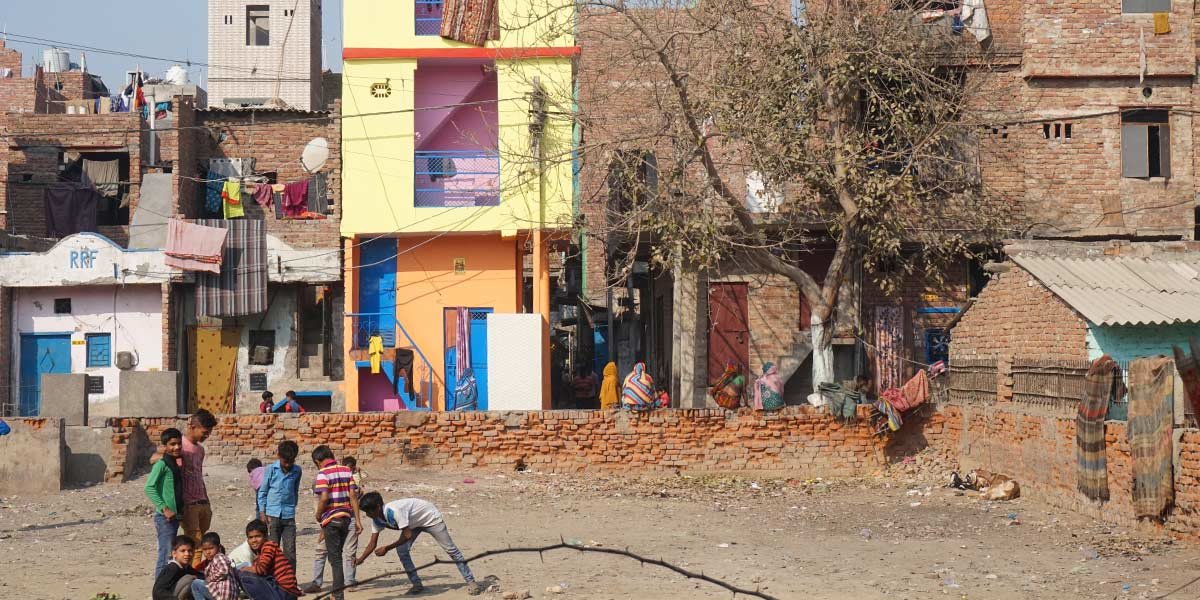

As cities across the world rapidly develop, life is becoming increasingly difficult for those left behind. In India, the causes of urban poverty can be linked to the lack of infrastructure in rural areas, forcing inhabitants of these regions to seek out work in India’s mega-cities.
However, as more and more people make this migration, the space left to accommodate them becomes less and less. Urban development can’t keep up with the growing numbers of informal settlers and no one wants to be held accountable for the slums or their residents.
Kamona’s Story
It was desperation that led Kamona to migrate all the way from her village in West Bengal to New Delhi. She had been saving to educate her three children, but her alcoholic husband ruined this dream by using all the money to feed his own addictions.
She was heartbroken, exasperated and fearful of the uncertain future that she and her children would face living with him.
Uneducated yet determined, Kamona decided to contact her sister, who lives in New Delhi in a small one bedroom apartment in an overcrowded building on Govindpuri lane. She lives with her husband, a vegetable seller, and is expecting their first child. Kamona’s sister advised her to take her children and move to the capital. Together, they would figure out where she could work and at least the children would be away from their father. One room would now host seven people, four of whom were children.
This is just one amongst countless similar stories of India’s slum-dwellers and the tales of their migration. They are the workers who provide much of the informal service, which a mega city requires to operate in full steam. Their numbers grow as the middle class grows and demands more services, but their fate remains sealed. They make up the urban poor and live in the shadows of urbanisation.
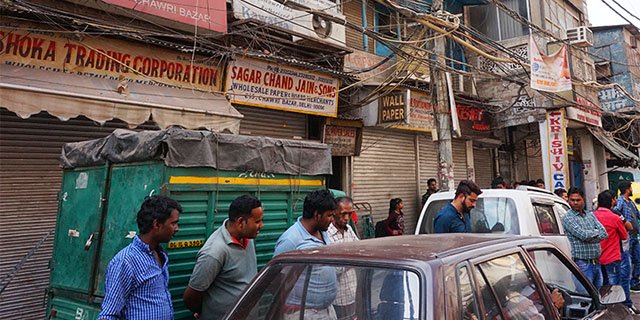
Nearly 1 in 4 urban residents live in a slum
Urban poverty in India is unique, particularly in the way that it follows certain patterns of growth. Though the proportion of urban poor has reportedly declined over the past decades, the numbers keep adding up, fuelling the persistent nature of slums.
In 2001, according to the National Report (India Habitat III by the Ministry of Housing and Urban Poverty Alleviation) about 23.5% of urban households were slum dwellers. This percentage had decreased to 17% by 2011 even though the total number of households living in slums had gone up from 10.5 million in 2001 to 13.75 million in 2011.
Mega-cities are where the majority of urban poverty growth happens.
Greater Mumbai, Delhi NCR and Kolkata reportedly house no less than 42% to 55% of their urban population in slums.
But who are these people? How are they so poor despite exponential economic growth? Why the inequality? Why the slums?
India’s urban system: the basics
India’s present urban system includes about 7933 cities and towns of varying population sizes, and many of these cities and towns are included in the massive expansion of urban growth that was registered over the 2001- 2011 decade. The United Nations estimates that most population increase in the future will be reported from the urban areas itself – by 2030, 165 million additional people are expected to be living in urban areas.
Given the present lack of affordable housing, these numbers are anything but reassuring. If the causes of urban poverty and the lives of millions of slum-dwellers are to be improved, many changes must be made.
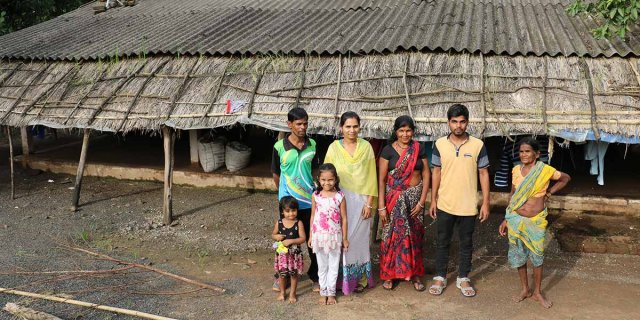
The causes and effects of urban poverty
The first problem is the lack of opportunities and skills training for most of the working age population. Over the years, a shortage of adequate investment in quality education and basic services like health, sanitation, waste management and skill training has had its consequences. It has led to generations of malnourished, uneducated, unaware and unskilled or semi-skilled people who find it difficult to find decent paying jobs.
As agriculture is barely a lucrative option, their only job option is to seek out work in the cities’ informal economies. Millions migrate to the cities every day to take up informal jobs such as domestic help, driving cars for middle-class people, taxi driving, construction site work, etc. However, this creates overcrowding in the already packed urban infrastructure.
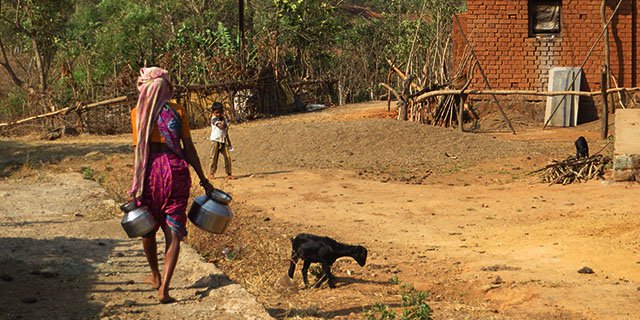
Lack of affordable housing leaves these people address-less on paper. They settle wherever they can, but as more people join, a whole community of undocumented settlers emerges. This further complicates the procedure of accessing basic services like electricity, water and sanitation, etc. as the authorities and public utilities can only serve those registered on paper – this is how poverty begins.
Overcrowding is another major factor in informal settlements. There is often just one bathroom for 50 to 100 people in each illegal building, and lack of awareness of personal hygiene practices pushes families further into the waiting arms of diseases and infections.
The low income of these communities means that standard medical help is often a far-fetched dream, not to mention unaffordable. Therefore, on occasions when it rains or the neighbourhood is flooded, these settlements become breeding grounds for various parasites and infections and the cycle repeats itself.
Of population growth and poverty
Boosting the demographic transition – by tackling the causes of urban poverty in India – is also a key way to curb India’s fertility rate. The demographic transition refers to the process through which all countries in the world are going through (or have completed) whereby their population goes from:
- High birth rate and high death rate (mostly for children under 5)
- High birth rate and lower death rate (for those same children)
- Low birth rate and low death rate (most families have only 2 children who survive)
The middle stage causes the world population to grow, but we can see very clearly that the majority of developing countries tend to have 4-5 children per family and the number keeps going down as the world economy improves.
“Family planning never happens until there’s a reasonable expectation that each child will survive.” (Big Think)
Recent studies and statistics worldwide have shown that people living in poverty are more likely to have more children. So in a way, it’s safe to say that, in this day and age, poverty is one of the causes behind overpopulation. It wasn’t the case before because basic medicine wasn’t available.
And the reason for this is simple, families living in poverty lack access to education and contraception but mostly they often have no pension system (they expect their children to take care of them in their old age) and they expect that many of their children die before the age of five.
Women already tend to have fewer children in urban environments for a whole variety of reasons: from lack of space to better access to birth control methods and education for their children. When given the choice families across the world have shown that they would rather have two children they can invest in.
Government accountability: improving or declining?
Traditionally, institutional corruption has played a major role in the slow rate of provision of affordable urban housing. Over the past decades, officials at different levels of operation have been known to harass slum dwellers by asking them to pay up for documents they lacked. They also ignored bureaucratic procedures by “justifying” delays in housing provision, forcing them to permanently settle in these unsustainable settlements.
Although public service delivery has improved over the past decade, there is a general desperate feeling that nothing will ever change.
Given the current scale of the problem, hopelessness would not be an irrelevant emotion given the poor record of management and rate of addressing the issue so far.
When rural poverty becomes urban
Sometimes, urbanisation affects regions at the edges of big cities, often benefiting them because they become more connected to municipal life.
However, these communities usually aren’t prepared for the “urban lifestyle”. Life rapidly becomes too expensive for the villagers, they don’t have the skill sets required for higher paying jobs so find themselves pushed into the informal economy to survive.
With more choice but less opportunity, the pressures of urban life erode on the quality of life in general. As certain neighbourhoods become marked for the informal workers’ settlements, they begin to be identified as low-cost living areas – often leading to overcrowding.
As they’re unable to move large groups in one go, the government allows the illegal residents to stay. Even if they are evicted, they are resettled in transition camps and given vague promises for housing provision under government schemes, but these rarely materialise. In the meantime, the transition camps often evolve into full-fledged slums themselves, only relocating the problems rather than solving them.
How to tackle the causes of urban poverty
Improving life in rural areas
In order to control large-scale migrations from rural to urban areas, the current state of rural infrastructure (or lack thereof) must be addressed. What’s also important is giving slum-dwellers access to some form of credit and resources, if not the causes of urban poverty will continually wear down on generations to come.
India is taking the right step in promoting small and medium scale industries in rural areas, as well as promoting other income-generating opportunities. However, more investment into satisfying the demand for more jobs, equal pay, more career and movement opportunities in the tertiary or agriculture sector, could ease the increasing pressure on urban infrastructure services.
For example, the situation could be helped by instilling research and proper training into agriculture so that it could work effectively alongside rural area development. Also, more investment into basic services both in rural and urban areas, such as health care, education and skills development could be the long-term solution to issues related to economic distribution.
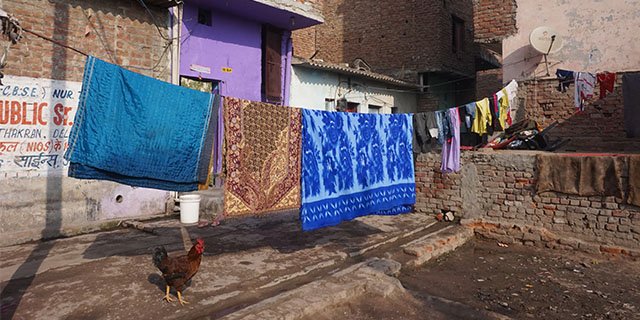
Better urban planning & slum rehabilitation
As India ambitiously progresses in line with other rapidly developing cities, informal settlers are increasingly left behind. Although considered a persisting problem, slums weren’t just born overnight. They are a product of decades, even centuries of neglect and lack of development planning.
Successful urbanisation takes time, but life in the slums will only improve when its residents’ living situations are upgraded or bettered on a basic level. That’s why one of our key programmes in India consists in rehabilitating and upgrading slums: building safe and decent homes for the millions of socially excluded families in India’s big cities.
Through rehabilitation, we ensure that these families have access to clean water, electricity, better jobs (via skills training), and the right to live in their homes. Land rights are indeed a hot topic for most slum residents, who are at constant risk of eviction (informal settlements are after all informal). This causes further extreme poverty and instability in the country.
Find out more about our fight for land rights via our Cities For All and Solid Ground campaigns.
This post was produced with the financial support of the European Union. Its contents are the sole responsibility of Habitat for Humanity GB and do not necessarily reflect the views of the European Union.

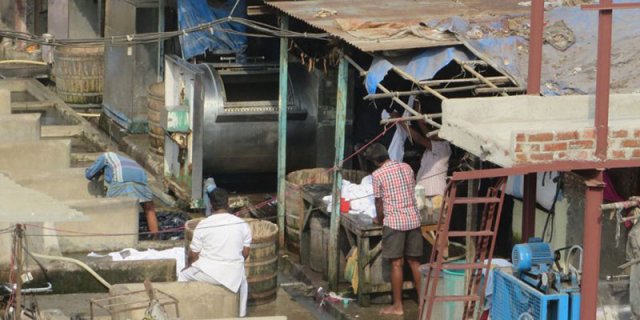
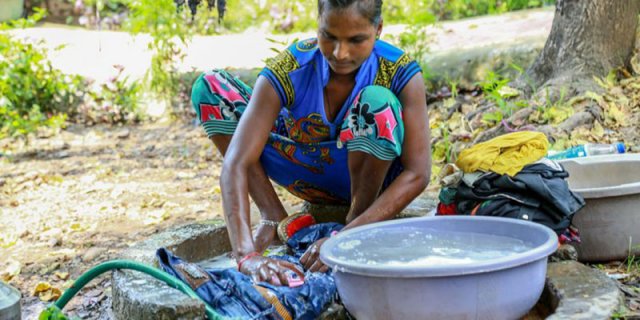
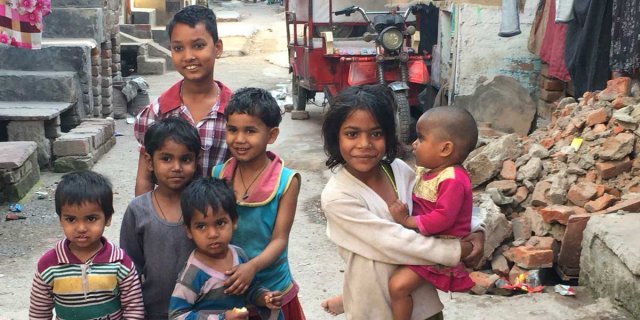

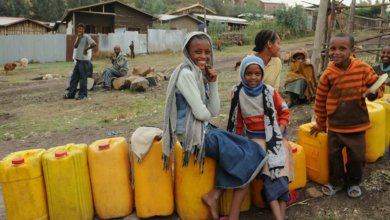
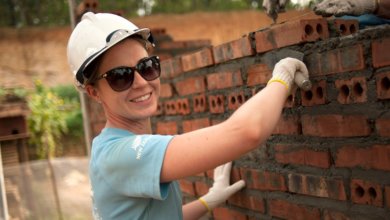

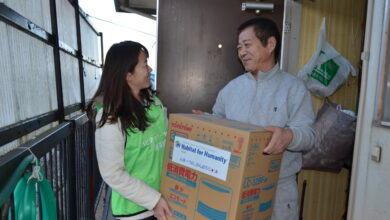

Comments